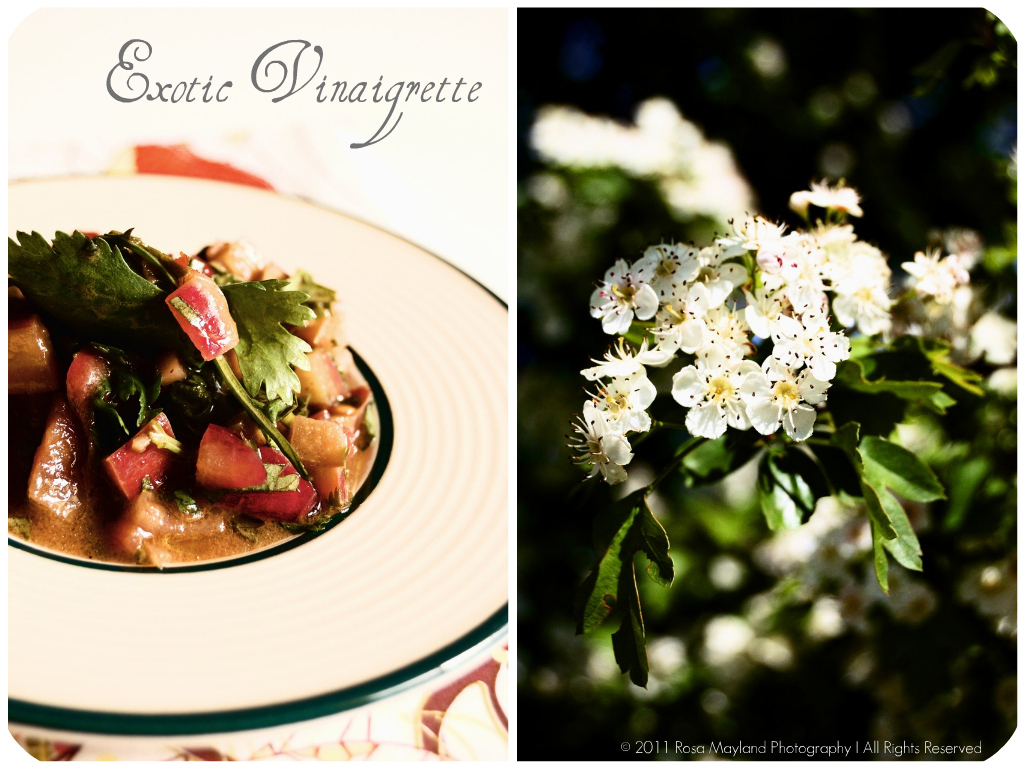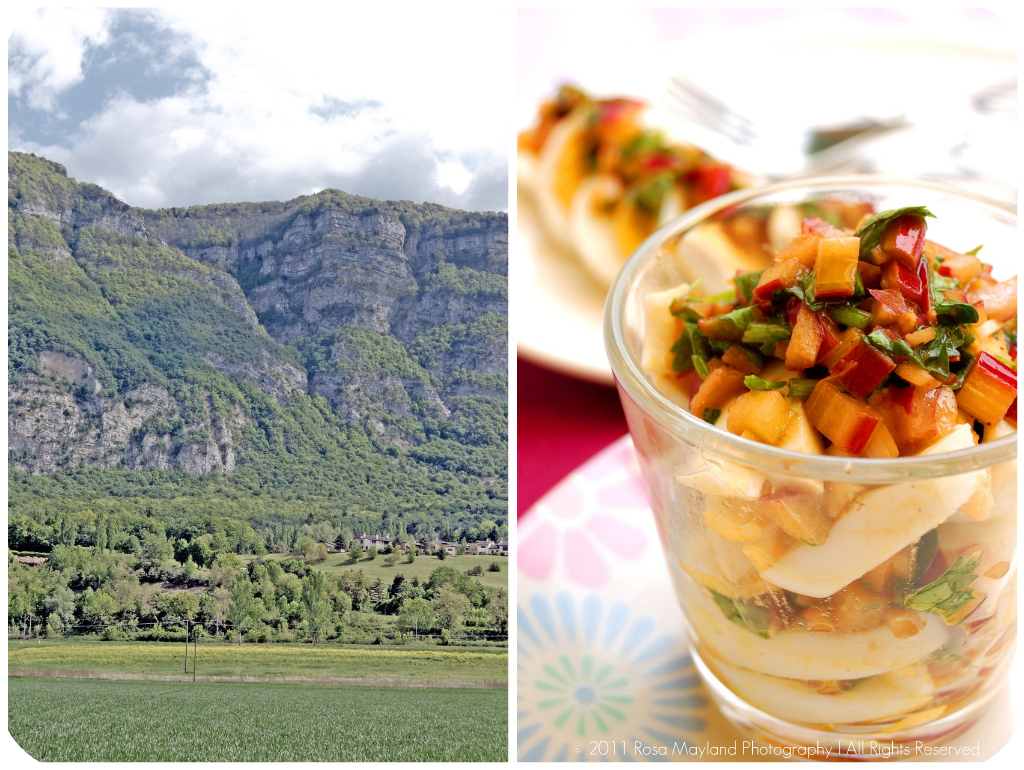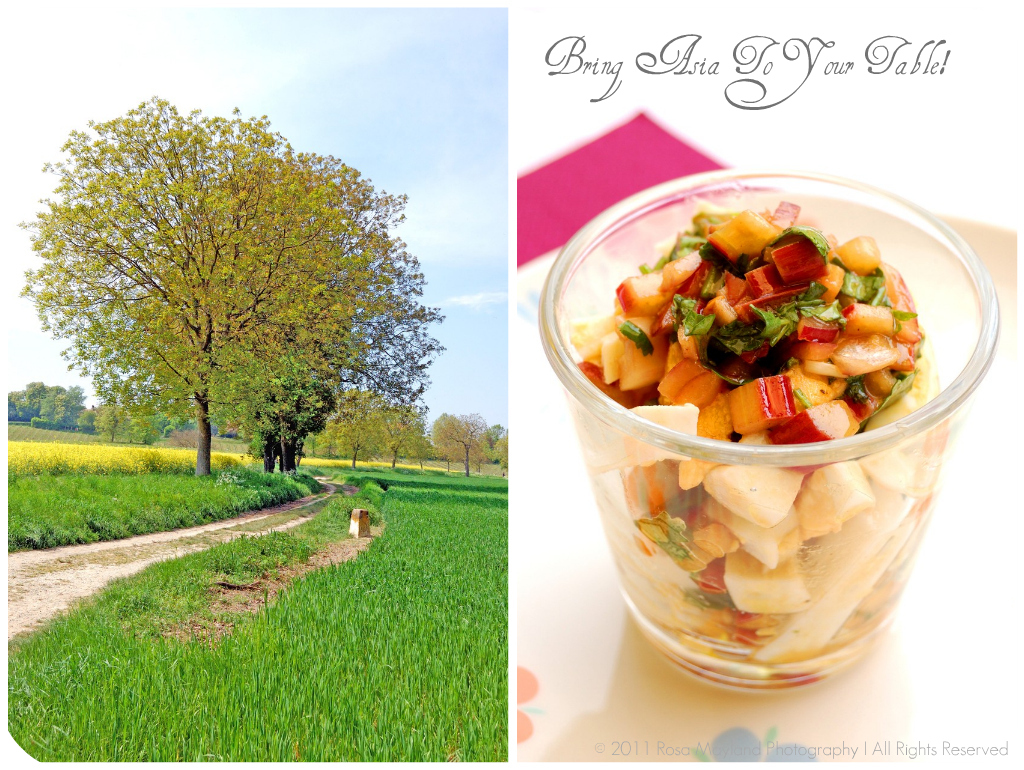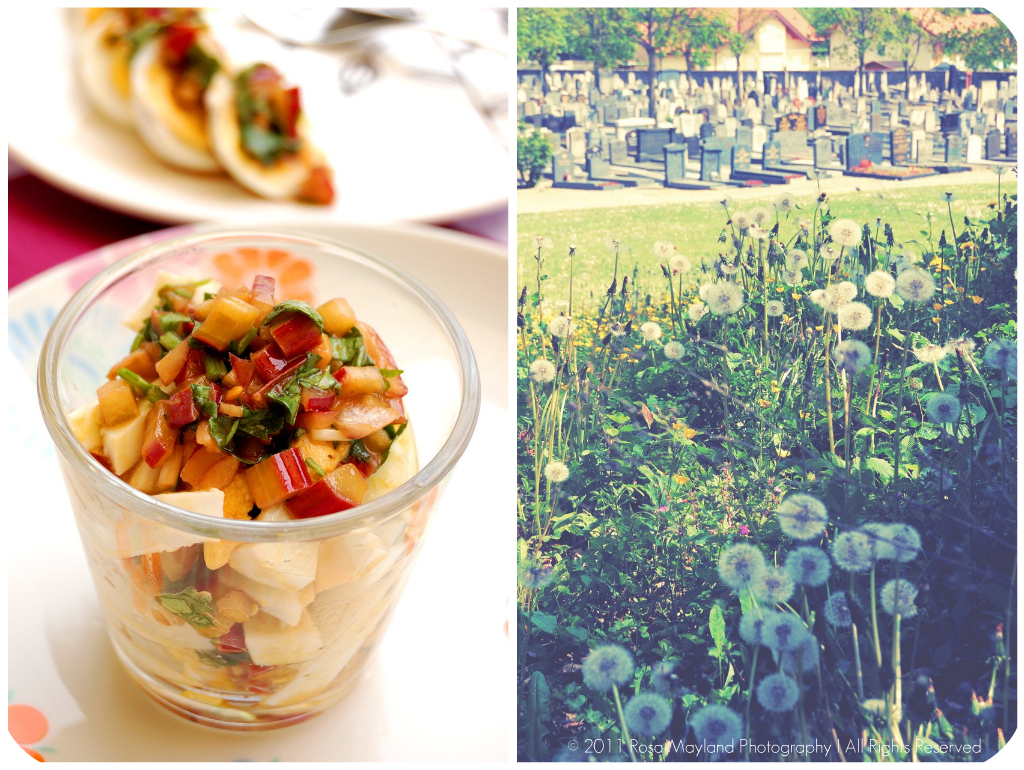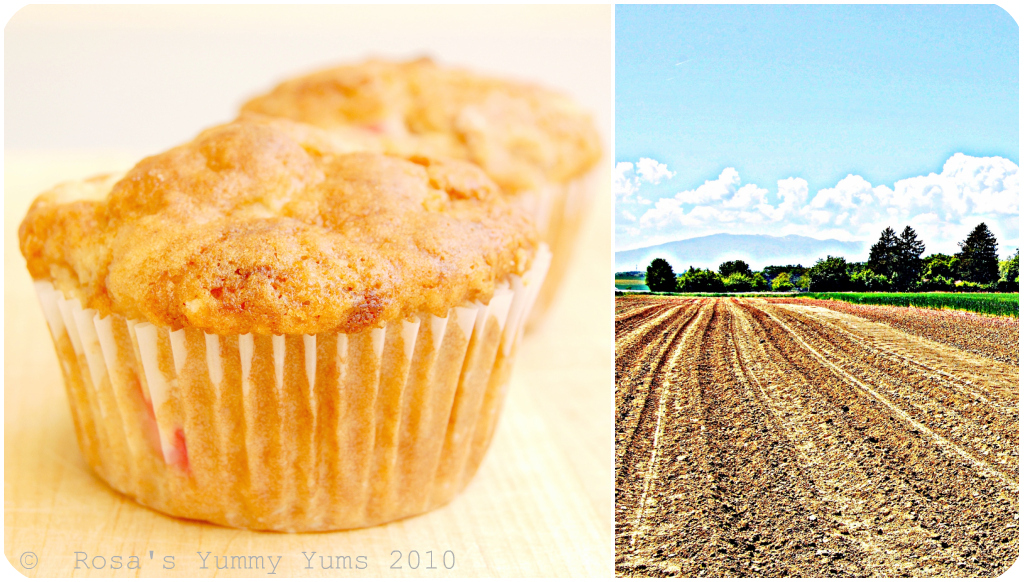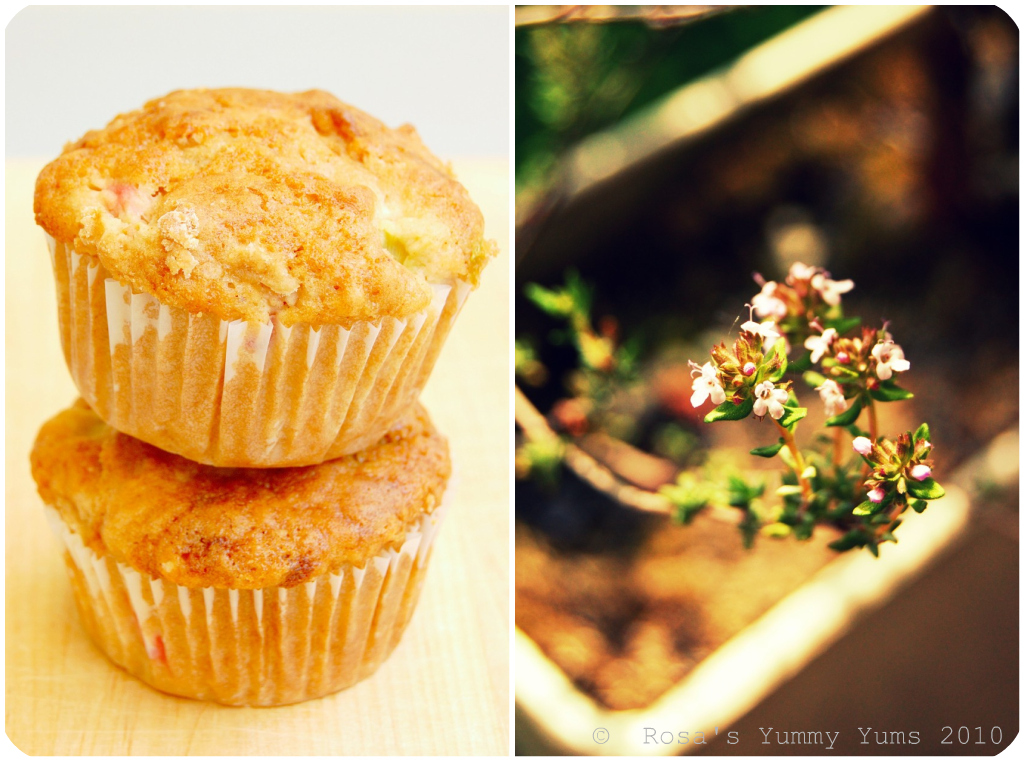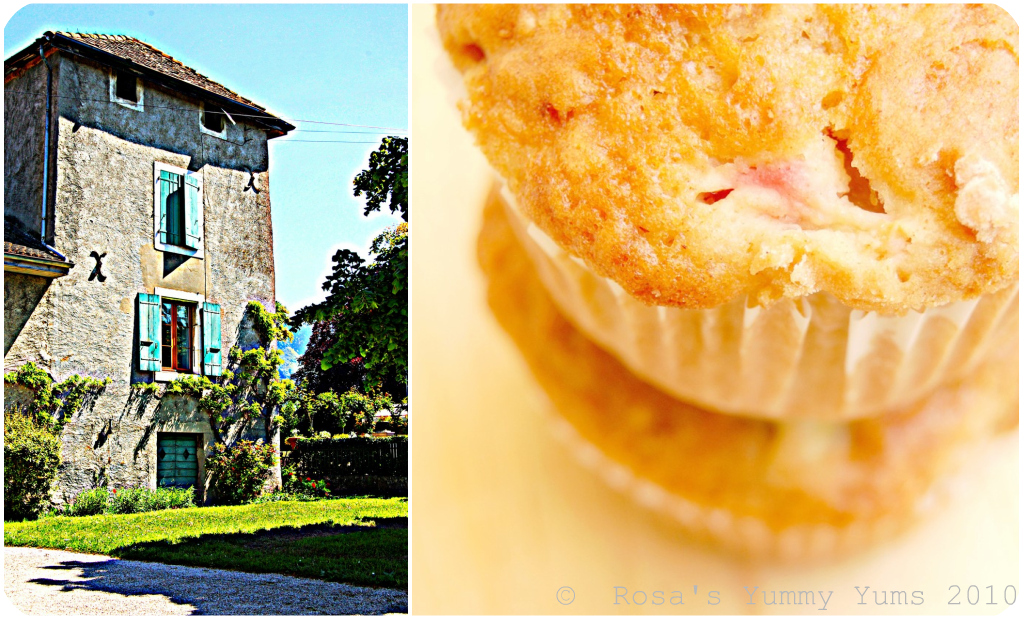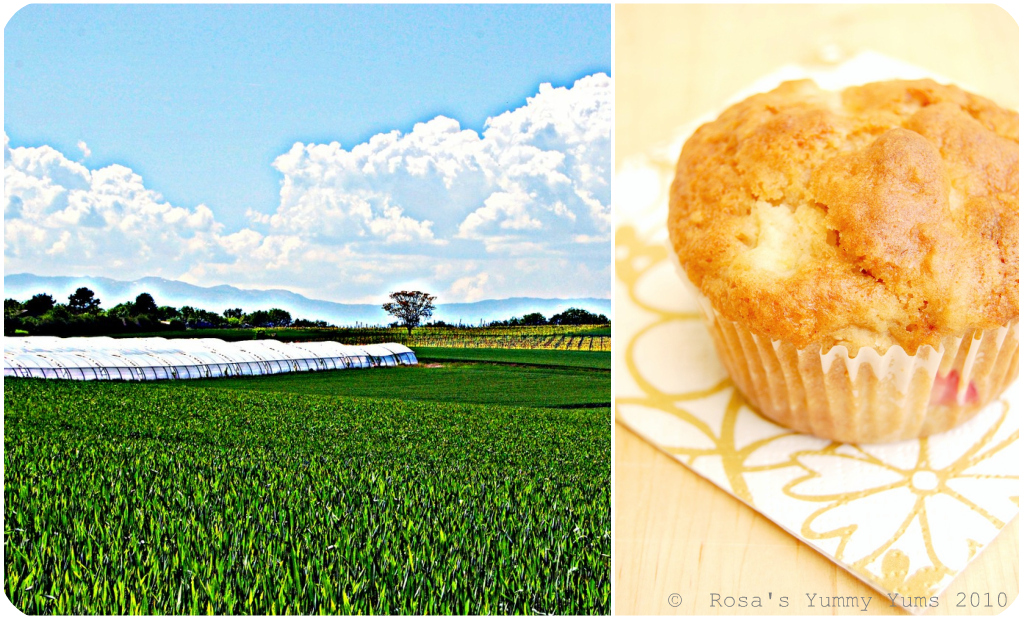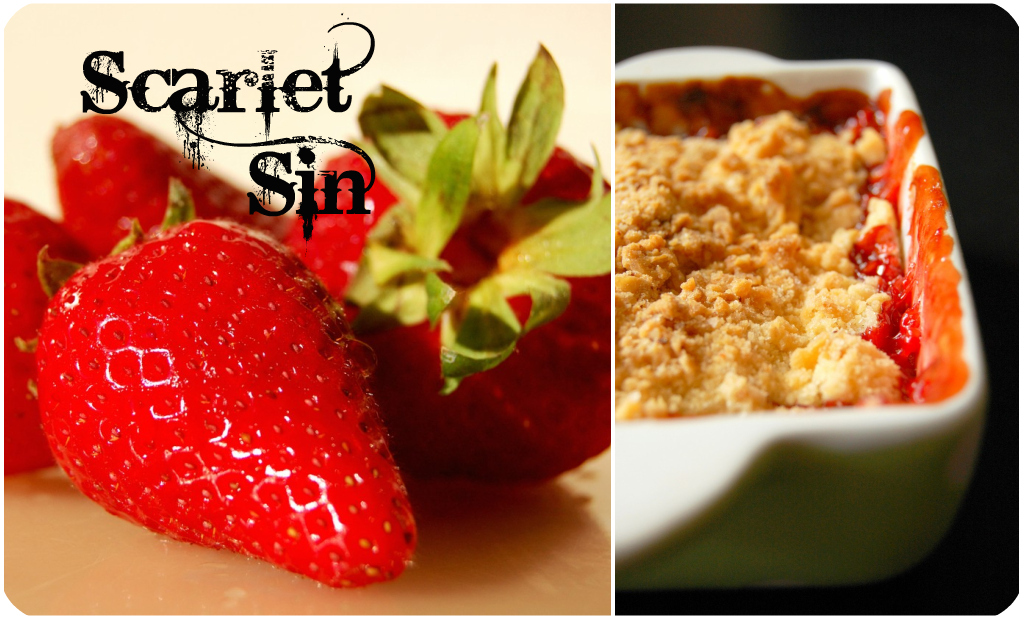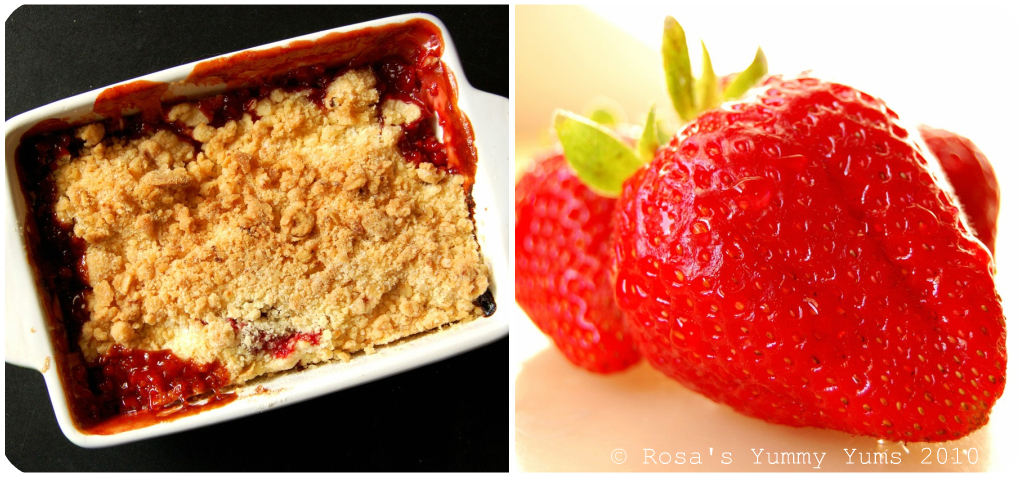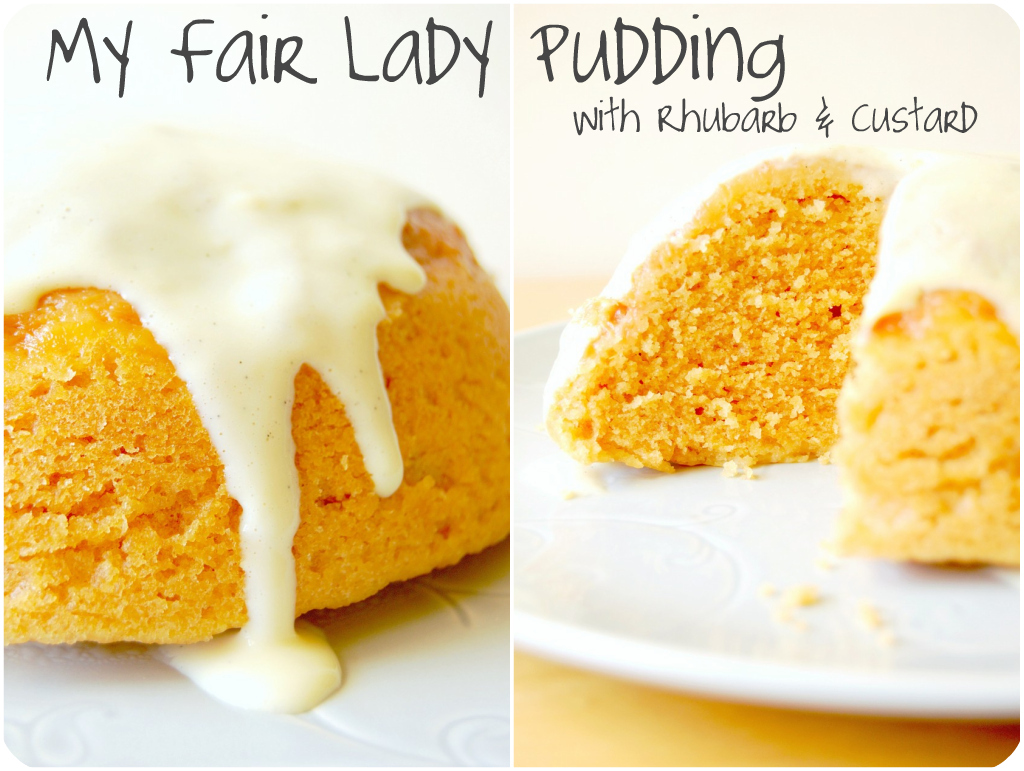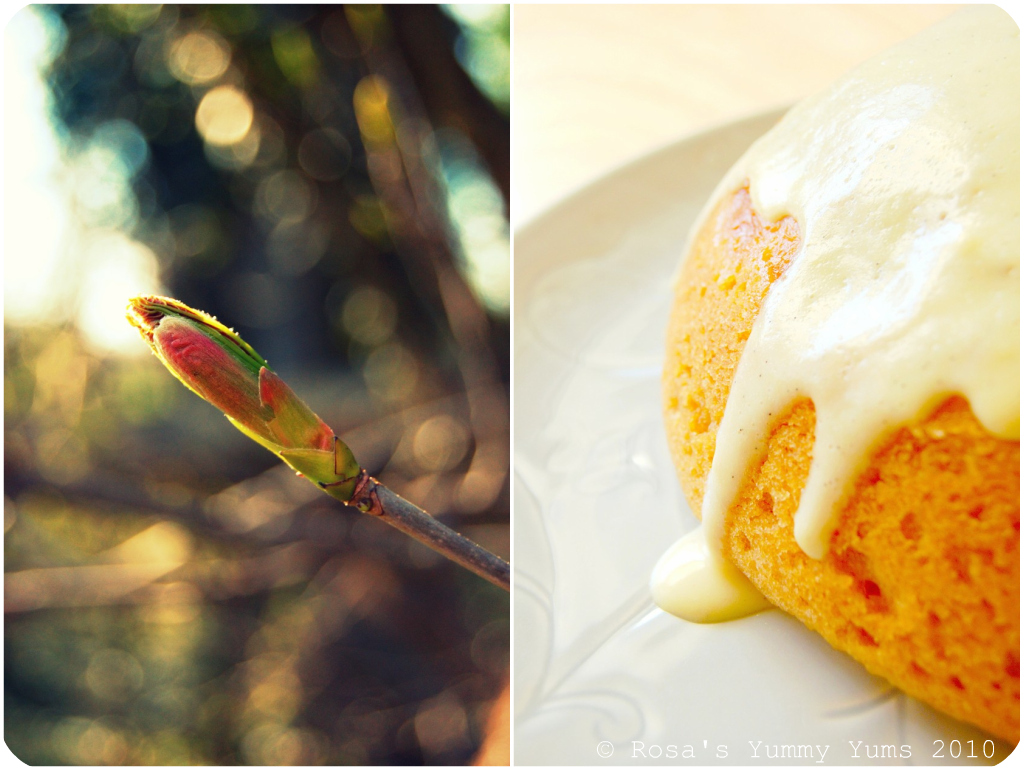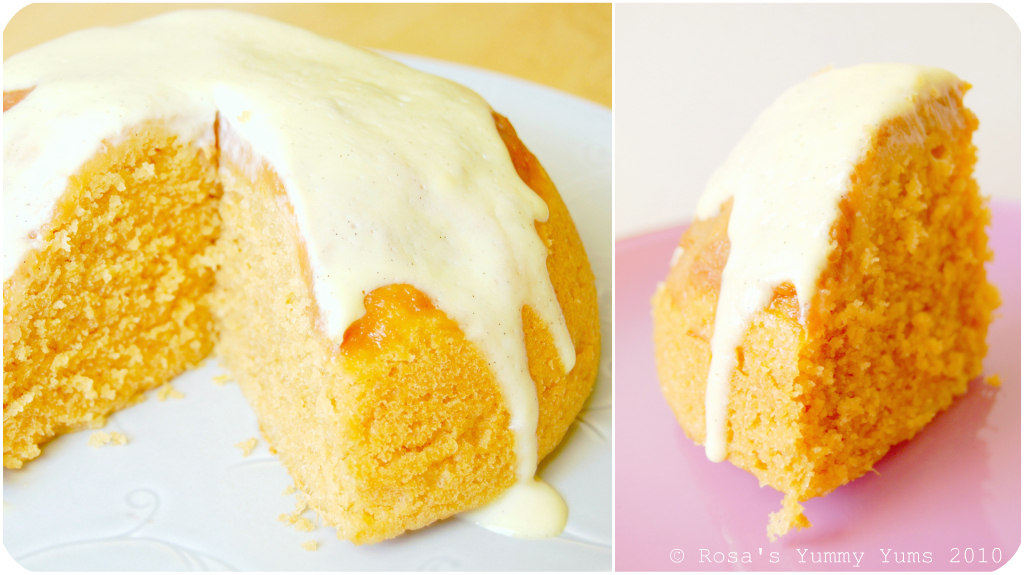The truth is that even if I can go totally beserker over cookies, cakes, chocolates and any creamy, sticky, gooey, rich and luscious dessert, I have a really soft spot for salty foods too. Despite the fact that my blog tends to showcase more baked goodies than savory starters, main courses or snacks, it is not meant to be exclusively in that way. A good homemade pizza can drive me as crazy as an ambrosial cheesecake. I refuse to support one camp to the detriment of the other as I am a fervent partisan of both sides. I need to entertain a yin-yang relationship between both worlds, because a lack of contrast and change in my menu plan would bore the socks off me.
Generally, I cook dishes worthy of blogging about during the weekend as my budget is very tight and I cannot permit myself to prepare Sunday dinners every single day of the week. Of course, it doesn't mean that my weekly culinary concoctions are insipid, austere or monotonous and would not deserve to be put under the spotlight (all the contrary). They are just a lot simpler, humbler and less luxurious/glamorous (no meat, fish and a lot of veggies) than my Friday or Saturday evening meals.
Not forgetting that, during the weekend, the conditions are never optimal to take pictures of my creations, since we usually eat late in the evening when it's dark and there's no natural light. Besides, I rarely have the power to interrupt our romantic repast in order to take pictures for hours while everything is getting cold on the plate, and my exasperated boyfriend is yammering and getting extremely impatient. I am a way too finicky person to do things in a haste, with somebody breathing down my neck and not such a talented photographer to obtain the desired cliché by only taking a few quick shots.
Anyway, lately, I have been dying to show you the spicy side of my personality. It is for that reason I am trying to remedy to this situation by posting recipes that don't contain sucrose - or at least in very small quantities only...
I would be a liar if I told you that I don't enjoy stuffing myself with hyper-calorific goodies, yet I am a food lover who nonetheless tries to control her diet and always make sure that it is well-balanced. My Monday through Thursday meals are mostly vegetarian and light, thus this gives me the opportunity to devour "dirty" treats in the evening while watching a movie or one of my favorite series. In any case, those aren't even that bad for me as I never buy anything that is industrial or full of additives and make everything myself with quality ingredients.
So, in order to show you how I eat on a daily basis, and since the weather has been very summery lately and I have been craving sunny as well as healthy dishes, I thought that it would be a great idea to invent an unconvential, unpresumptuous and easy everyday egg "salad" with the ingredients stocked in my well-garnished fridge and Ali Baba's cave-like pantry. There, I found all the ingredients I needed to create something funky and out of the ordinary: some eggs bought at the farmers' market, a leftover rhubarb stalk, galangal, red onions, a bunch of fresh coriander, fruity olive oil and all kinds of useful seasonings (balsamic vinegar, sambal oelek, soy sauce, mustard, grey sea salt and whole black pepper - perfect for putting an original vinaigrette together).
This Far East-inspired main course turned out just as I had imagined it to be. The happy combination of round, musky, sweet, sour, salty, bitter, exotic and heady flavors was amazing and my tastebuds saw fireworks. My "Eggs With Asian-Style Rhubarb Vinaigrette" tasted very fresh, refined and was delightfully aromatic. A fantastic gustative experience!
For those of you who are not familiar with galangal, it is a big pleasure for me to introduce you to this wonderfully versatile and characterful produce. It would be awesome if thanks to me, this ingredient would enter your kitchen and become a precious cooking ally. That would prove that I do my blogger "job" correctly and that my site is informative/has a purpose...
"Galangal" (aka "Greater Galangal", "Thai Ginger" or "Blue Ginger") is a rhizome of a plant in the ginger family which is native to the grasslands areas of Indonesia. It has many culinary as well as medicinal uses and is cultivated in China and the whole of Southeast Asia as well in hotter regions of California and Florida. Two different varieties exist: one is known as "greater galanga" and the other, "lesser galangal". The first is larger in size, lighter in color and subtler in aroma than the second which is hotter than ginger and has an underlying "earthy" flavor.
According to research, galangal it is an antibacterial and helps fight against fungal infections (for ex. candidiasis in the intestinal tract). It has been employed for centuries as medicine as it has always been known for reducing cramping and numbness, being a digestive stimulant (laxative), healing bruises and swelling, treating respiratory ailments (tuberculosis) and skin diseases (eczema), removing toxins from the body (blood purifier), having warming properties, settling an upset stomach (indigestion, stomachache and diarrhea), easing nausea, curbing flatulence and combating tuberculosis, eczema, hiccups, canker sores, oral ulcers and gum pains. Apparently, it is also believed to be a stimulant, a tonic, an aprhodisiac and a mild hallucinogenic...
Over a thousand years ago, it was introduced into Europe by Arabian physicians and became very popular in our latitudes during the Middle Ages. For some unknown reason, it disappeared from European culinary and medical scenes as it seems it fell out of vogue, along with other spices, when milder foods became the order of the day in the 18th century.
Cooks also love to prepare fragrant dishes (curries, dipping sauces, salads, soups, etc...) with this citrusy, sharp, sweet, peppery, piney, earthy, cedary, "soapy" and delicate tasting herb. Galangal masks the fishiness of seafoods and the heaviness of red meats, thereby making them taste cleaner, more delicate and succulent. Before being incorporated into a dish, this seasoning ingredient is either crushed, finely chopped or cut into matchstick-like strips. As galangal is very dense and hard, you'd better make sure to have a sharp knife at hand, otherwise you'll have difficulties cutting through its tough flesh. In Asian supermarkets, you can either buy it fresh or dry (in the form of powder having a pronounced musky and rooty flavor unlike the sharp bite of the fresh root).
An incredibly interesting rhizome which, I hope, will seduce and enchant you!
For more recipes containing galangal, please check the following posts: "Thai Yellow Curry", "Thai Massaman Curry" and "Indonesian/Malaysian Fish Rendang".
This post was submitted to Ivy at "Kopiaste...To Greek Hospitality" who is hosting Creative Concoctions #4 – Cooking with Olive Oil.
~ Eggs With Asian-Style Galangal & RhubarbVinaigrette ~
Recipe by Rosa Mayland @Rosa's Yummy Yums, May 2011.
Serves 4.
Ingredients :
8 Hard boiled eggs, shelled
90g Rhubarb
1 Tsp Mild mustard
2 Tbs Sweet soy sauce (ex. Kikkoman)
2 Tbs Dark balsamic oil
6 Tbs Virgin olive oil
1/3 Tsp Sambal oelek
3 Tsps Fresh galangal root, finely chopped
1 Small Red onion, finely chopped
1/2 Bunch Fresh coriander (+ more for decorating), chopped
Fine Sea salt, to taste
Freshly ground black pepper, to taste
Method:
1. Cut the hard boiled eggs into thin slices and place them on 2 plates (in an overlapping manner) or coarsely chop the eggs (if you serve this salad in verrines).
2. Cut the rhubarb into very small dice.
3. Mix together the mustard, soy sauce, balsamic vinegar, oil, rhubarb, sambal oelek, galangal, onion, coriander, salt and pepper.
4. Sprinkle the salsa over the eggs or mix the vinaigrette together with the chopped eggs and serve in verrines.
5. Let rest for about 20 minutes, then decorate with coriander and serve.
Remarks:
You can replace the galangal by chopped lemongrass or finely diced ginger.
Finely chopped garlic can be added to the vinaigrette.
Serving suggestions:
Serve that dish as a starter or serve as a main course, accompanied with cold soba noodles, glass/mung bean noodles (both seasoned with sweet soy sauce and sesame oil), boiled potatoes or sourdough bread.
Pair with a good Pinot Gris, Riesling, Gewürtzraminer, Chasselas or Petite Arvine.
~~~~~~~~~~~~~~~~~~~~~~
~ Oeufs Et Sa Vinaigrette Asiatisante Au Galangal & A La Rhubarbe ~
Recette par Rosa Mayland @Rosa's Yummy Yums, mai 2011.
Pour 4 personnes.
Ingrédients :
8 Oeufs durs, pelés
90g de rhubarbe crue
1 CC de Moutarde douce
2 CS de Sauce soya douce (par ex. Kikkoman)
2 CS de Vinaigre balsamique foncé
6 CS d'Huile d'olive vierge
1/3 CC de Sambal Oelek
3 CS de Galangal frais, finement haché
1 Petit Onion rouge, finement haché
1/2 Bouquet de Coriandre fraîche (+ un brin de plus pour décorer), hachée
Sel de mer fin, à volonté
Poivre noir, à volonté
Méthode:
1. Couper les oeufs durs en tranches, puis dresser en écailles sur 2 assiettes ou les hacher grossièrement et les mettre dans un saladier (pour les verrines).
2. Couper la rhubarbe en très petits dés.
3. Mélanger la moutarde, la sauce soya, le vinaigre, l'huile, le sambal oelek, la rhubarb, le galangal, l'oignon, la coriandre, le sel et le poivre.
4. Verser cette préparation sur les oeufs et laisser reposer 20 minutes (mettre dans les verrines si vous ne les présentez pas coupés en tranches, sur une assiette).
5. Servir en parsemant de coriandre.
Remarques:
Vous pouvez remplacer le galangal par du lemongrass ou du gingembre hachés finement.
Un peu d'ail haché peut être ajouter à la vinaigrette.
Idées de présentation:
Servir cette salade comme entrée ou comme plat principal avec des nouilles soba ou des vermicelles transparentes froides (assaisonner les deux avec de la sauce soya et de l'huile de sésame), des pommes de terres à l'eau ou du pain au levain.
Accompagner d'un bon Pinot Gris, Riesling, Gewürtzraminer, Chasselas ou d'une Petite Arvine.


